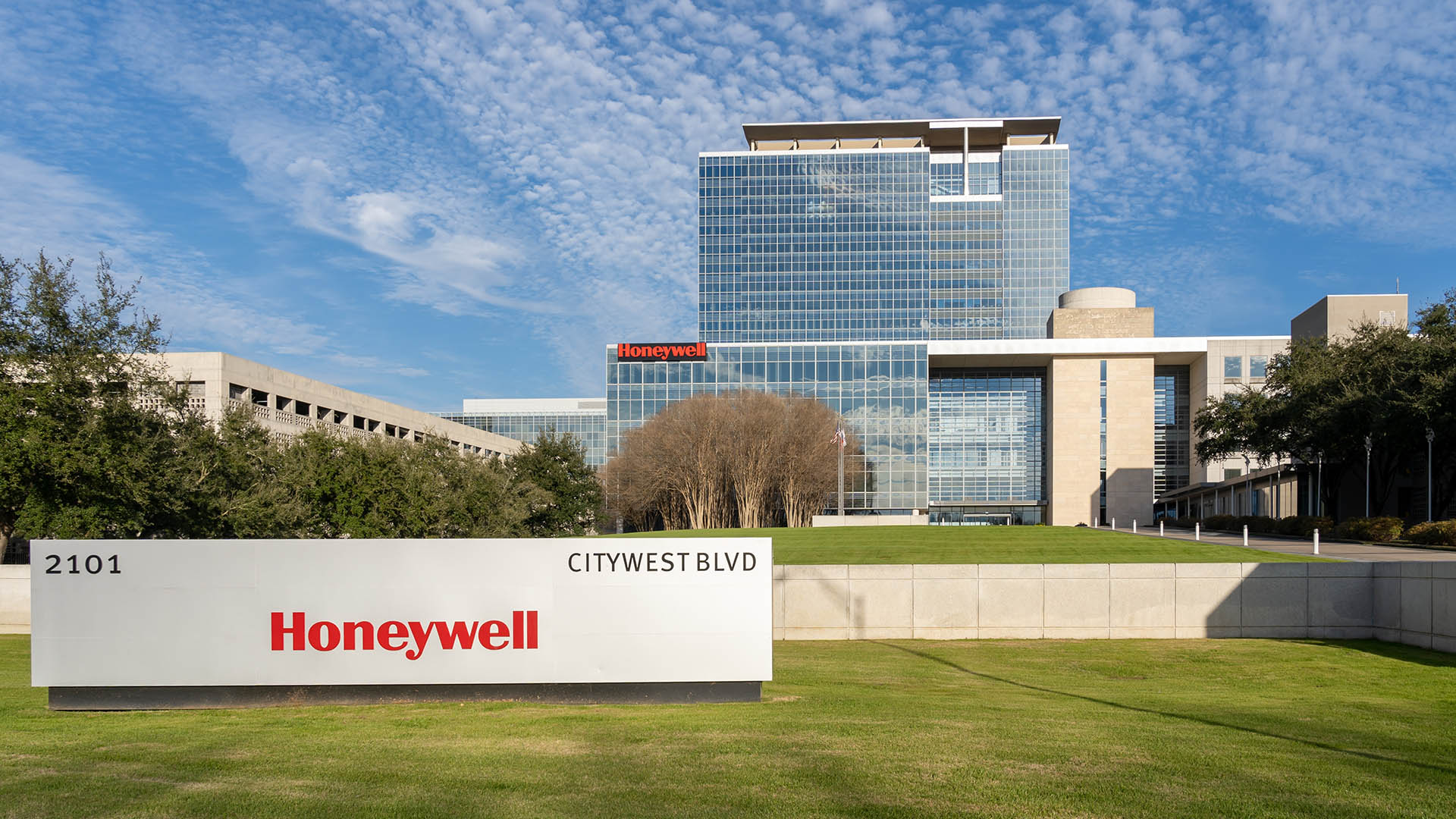Yes, there will be December rate rise from the Reserve Bank – the much stronger than expected jobs data for October all but confirmed that 0.25% would be added to the cash rate at the bank’s next meeting.
The Australian Bureau of Statistics (ABS) reported on Thursday that October saw 32,000 new jobs, nearly 21,000 fewer people unemployed, a big rise in hours worked and a jobless rate back at 3.4% – a near 50-year low.
That report confirmed why the RBA will be lifting rates on December 6, its final meeting for 2022. The labour force data added to the pressures from Wednesday’s Wage Price Index rise of an annual 3.1% (see below) which was the highest in a decade.
Ignore how that was a misleading rise because much of it came from the $40 a week National Wage Case decision kicking in – there will be a small impact this quarter as well and into the first quarter of 2023.
That boosted private sector wages while public sector wages grew far more slowly – hence the industrial action in transport, health and education in recent months.
The market had been expecting around 20,000 new jobs, no change or perhaps a rise in the number of unemployed and a jobless rate of 3.5% to 3.7%.
But the report was much stronger than anyone expected, and a steady participation rate despite floods affecting work hours for people across NSW, Victoria and Tasmania only added to the sense of a solid employment situation and outlook.
Unemployment for men fell 0.3% to 3.2% in October, its lowest rate since November 1974 while unemployment for women the rate was unchanged at 3.6%.
In seasonally adjusted terms, more than 32,000 people gained work in October, while unemployment fell by 20,600 became unemployed. There were a record 13.6 million people in jobs across the country while there were 477,600 people unemployed (seasonally adjusted).
ABS head of labour statistics Bjorn Jarvis said the participation rate of 66.5% remains 0.7 percentage points higher than before the pandemic. The underutilisation rate – a combination of the unemployment and under-employment rate – fell to 9.3%, which is the lowest rate in 40 years.
“The low underutilisation rate of 9.3 per cent in October 2022 reflects the fact that there are now around 236,000 fewer unemployed people and 365,000 fewer underemployed people than in March 2020,” Jarvis said.
“Unemployment and underemployment are both now around two-thirds of what they were.”
Unemployment gas fallen since its July 2020 high of 7.5% to 3.4% last month and in July, but has been below 4% since March, even as the Reserve Bank has boosted the cash rate.
The unemployment rate in NSW fell slightly to 3.2% and in Queensland, it eased 0.1 percentage points to 3.4%. The unemployment rates in Victoria and Western Australia remained steady at 3.5%.
The ABS said Seasonally adjusted monthly hours worked rose 2.3% in October which was much stronger than the growth in employment of just 0.2%.
“This stronger growth in hours partly reflected fewer employed people than usual taking leave during October.” the ABS pointed out.
“The number of people who worked fewer hours because they were on annual leave increased between September and October, consistent with school holidays and public holidays.
However, the number of people on annual leave in October 2022 was around 10 per cent less than we typically see at this time of the year,” Mr Jarvis said in Thursday’s release.
…………
Wages may have seen the strongest growth since 2012 (coincidentally, under the previous federal Labor government) in the three months to September but that didn’t stop 13 million Australian workers at all income levels falling further behind after inflation.
The Consumer Price Index rose 1.8% in the three months to September for an annual rate of 7.7% and the Wage Price Index for the same quarter, released Wednesday rose 1.0% for the quarter and 3.1% over the year, continuing more than a decade of falling real wages for the millions or so people employed in this country
And before you believe some of the tosh about a “wages-prices spiral”, take a look at why wages rose so strongly – in the price sector especially.
The Australian Bureau of Statistics singled out the Fair Work Commission’s mid-year decision to grant a $40 a week minimum wage increase for low-paid workers.
According to the ABS commentary on Wednesday, this decision “was a significant contributor to hourly wage rate increases in the Retail trade, Administrative and support services, Accommodation and food services, Public administration and safety and Health care and social assistance industries”.
Mainly because of this decision, private wages rose 1.2% in the quarter while public sector wages were up 0.6% – which gave an overall rise of 1%. That also helps explain why so many public sector employees in health, education and public transport – where high levels of union membership remain – have seen an upturn in industrial action to back calls for wage rises.
“Labour market pressures in the private sector combined with the largest Fair Work Commission award increase in more than a decade saw rises in both the size of average wage changes and the proportion of private sector jobs recording a wage change,” The ABBS also pointed out
“The average size of hourly wage increase for those jobs where the wage rate moved was 4.3 per cent, up from 2.9 per cent in the September quarter 2021. Nearly half (46.4 per cent) of private sector jobs recorded a change in their hourly wage rate this quarter compared to around one third (33.9 per cent) in the same quarter last year.”
“This quarter, a significant contribution to wages growth came from jobs paid by individual arrangement. These are mostly private sector jobs where employers paid increases based on end of financial year wage and salary reviews or interim increases as a retention strategy,” the ABS said.
That confirms that much of the wage rises have resulted from union action or other activities but from employers trying to keep valued employees and stop them going elsewhere at the end of their contracts.
And the original wage rise data also tells another story – the gains were not uniform across the economy
“In original terms, the highest quarterly and annual growth was recorded in retailing at 2.4% and 4.2% respectively,” the ABS reported.
The annual rate of growth included two award increases within the year, the ABS pointed out, which is a one-off situation.
The lowest wage rises were reported from the education and training industry at 0.8% and 2.2% respectively.
In original terms the ABS said South Australia had the highest quarterly growth rate (1.8%) for any state since September quarter 2010, with a significant proportion of jobs in the state recording wage rises.
Tasmania had the highest annual increase in wages (3.6%).
The public service-dominated ACT recorded the lowest quarterly rate of growth (1.2%) and Northern Territory (where the public service is a major employer) recorded the lowest annual rate of growth (2.5%).













